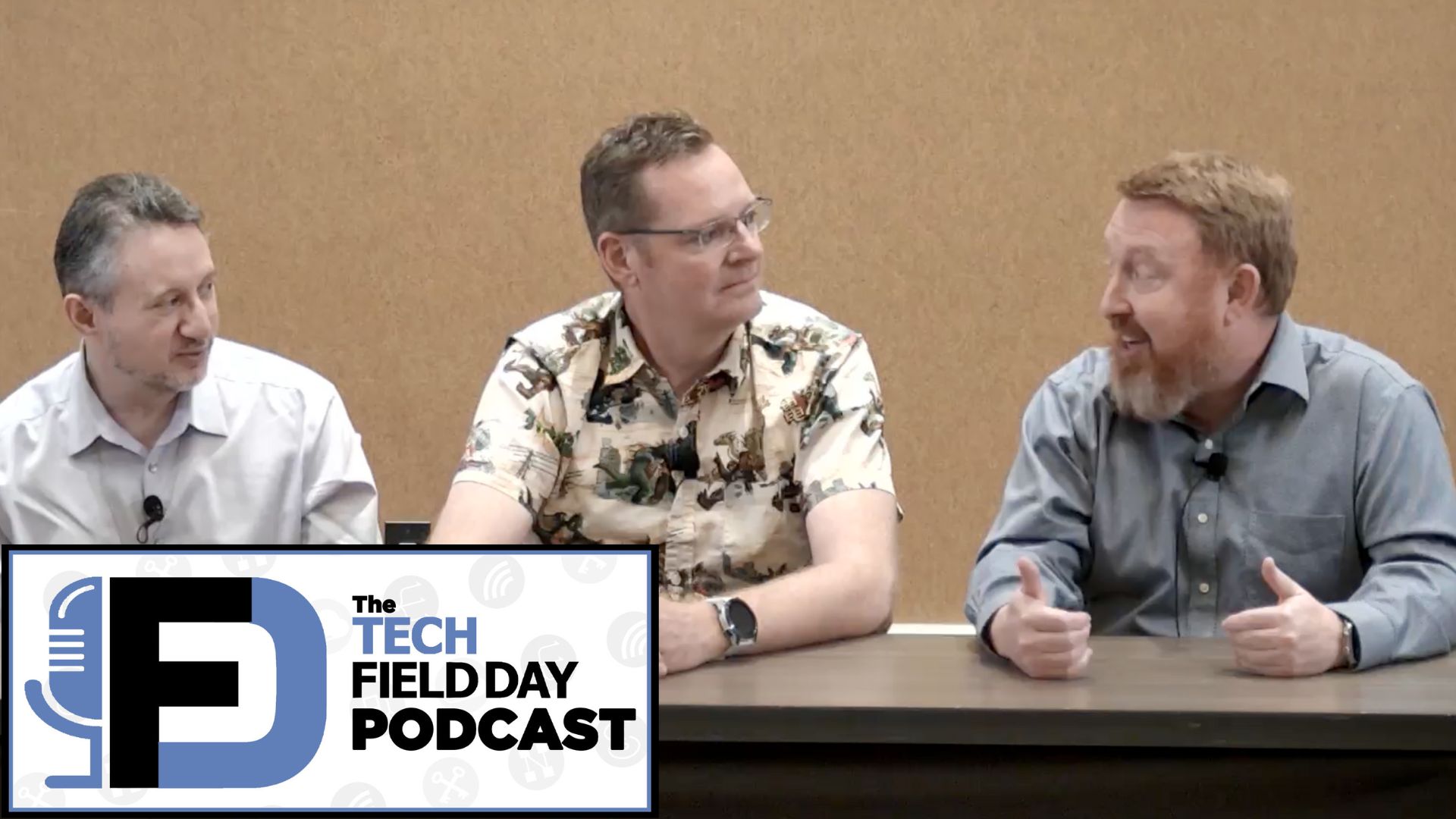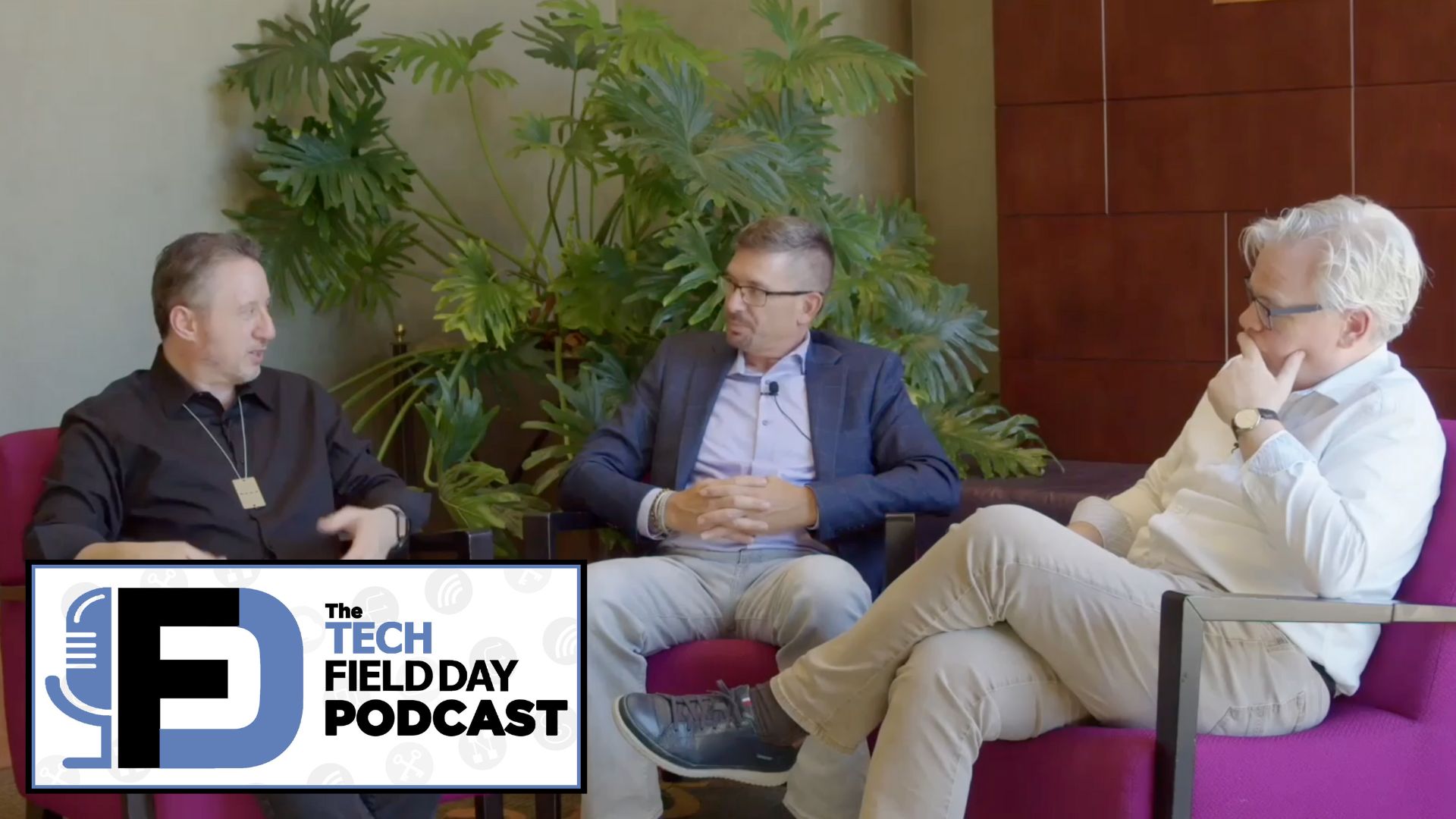Software developers used to use the term cloud native to describe applications that are designed for the cloud, but today it seems to be more of a term for containerized applications. This episode of the Tech Field Day podcast, recorded ahead of Cloud Field Day 20, includes Guy Currier, Jack Poller, Ziv Levy, and Stephen Foskett discussing the true meaning of cloud native today. Merely running a monolithic application in containers doesn’t make it cloud native, though it certainly can be beneficial. To be truly cloud native, an application has to be microservices based and scalable, and built to take advantage of modern application platforms and resources. There is some question whether a cloud native application needs to have API access, telemetry and observability, service management, network and storage integration, and security. But ultimately the words used to describe an application are less important than the value and benefits of it. Although it is disappointing that the definition of cloud native has been watered down, the core concepts still have value.
Apple Podcasts | Spotify | Overcast | Amazon Music | YouTube Music | Audio
For more information on upcoming events or to watch the presentations, head to the Tech Field Day website and click on the Cloud Field Day 20 event page.
The Dilution and Value of “Cloud Native”
Software developers originally coined the term “cloud native” to describe applications specifically designed for cloud environments. However, over time, this term has evolved, or arguably devolved, into a buzzword often associated with containerized applications.
Initially, “cloud native” was a term to describe applications that were fundamentally designed to leverage cloud resources. These applications were built with the understanding that cloud resources could be ephemeral and not always persistently available. This necessitated a design philosophy that embraced the cloud’s self-service nature and inherent fragility. Fast forward to the present, and “cloud native” is often synonymous with containerization, particularly Kubernetes. This shift has led some to question whether the term retains its original meaning or has been diluted.
In the cybersecurity realm, “cloud native” is frequently used to distinguish applications developed specifically for the cloud from legacy applications that were adapted to run in cloud environments. This distinction is crucial for understanding the capabilities and limitations of a given application. However, the term’s overuse and varied interpretations can lead to confusion, as different vendors and stakeholders may have different definitions of what constitutes a cloud native application.
Within the infrastructure world, “cloud native” has become almost interchangeable with “Kubernetes.” This association is not without merit, as Kubernetes has become a cornerstone of modern cloud infrastructure. However, equating cloud native solely with containerization overlooks the broader architectural principles that truly define cloud native applications.
A critical aspect of cloud native applications is their design around microservices and scalability. Simply running a monolithic application in a container does not make it cloud native. True cloud native applications are built to take full advantage of modern application platforms and resources. This includes being microservices-based, scalable, and capable of leveraging the cloud’s dynamic nature.
There is a question as to whether cloud native applications need to have API access, telemetry, observability, service management, network and storage integration, and robust security. While these features are often associated with cloud native applications, they are not necessarily definitional. For instance, APIs are a standard way to interact with cloud native systems, allowing for automation and scalability. However, an application could theoretically be cloud native without relying heavily on APIs.
A similar question can be raised about telemetry and observability. These features provide critical insights into how an application is performing and behaving in a cloud environment, making them indispensable for managing cloud native applications effectively.
Security and networking are also crucial components. Cloud native applications must be designed with security in mind, leveraging various services and controls to ensure a secure stack. Networking, often overlooked, plays a vital role in ensuring the responsiveness and availability of cloud native applications.
Despite the term’s dilution, the core concepts of cloud native applications—scalability, performance, stability, and predictability—remain valuable. These principles enable the development of applications that can grow and adapt to meet changing demands, providing a significant advantage over traditional monolithic architectures.
Ultimately, while “cloud native” may be used as a marketing term, its true value lies in the benefits it delivers. As long as an application meets the goals of scalability, performance, and resilience, the specific terminology becomes less important. However, it is crucial for vendors and developers to back up their claims with tangible results, ensuring that the term “cloud native” retains its significance in the industry.
Podcast Information:
Stephen Foskett is the Organizer of the Tech Field Day Event Series, now part of The Futurum Group. Connect with Stephen on LinkedIn or on X/Twitter.
Guy Currier is the VP and CTO of Visible Impact, part of The Futurum Group. You can connect with Guy on X/Twitter and on LinkedIn. Learn more about Visible Impact on their website. For more insights, go to The Futurum Group’s website.
Ziv Levy is the Founder and CEO at Cloudsulting, LLC. You can connect with Ziv on X/Twitter or on LinkedIn. Read more about his thoughts through his LinkedIn updates.
Jack Poller is and industry leading cybersecurity analyst and Founder of Paradigm Technica. You can connect with Jack on LinkedIn or on X/Twitter. Learn more on Paradigm Technica’s website.
Thank you for listening to this episode of the Tech Field Day Podcast. If you enjoyed the discussion, please remember to subscribe on YouTube or your favorite podcast application so you don’t miss an episode and do give us a rating and a review. This podcast was brought to you by Tech Field Day, home of IT experts from across the enterprise, now part of The Futurum Group.




